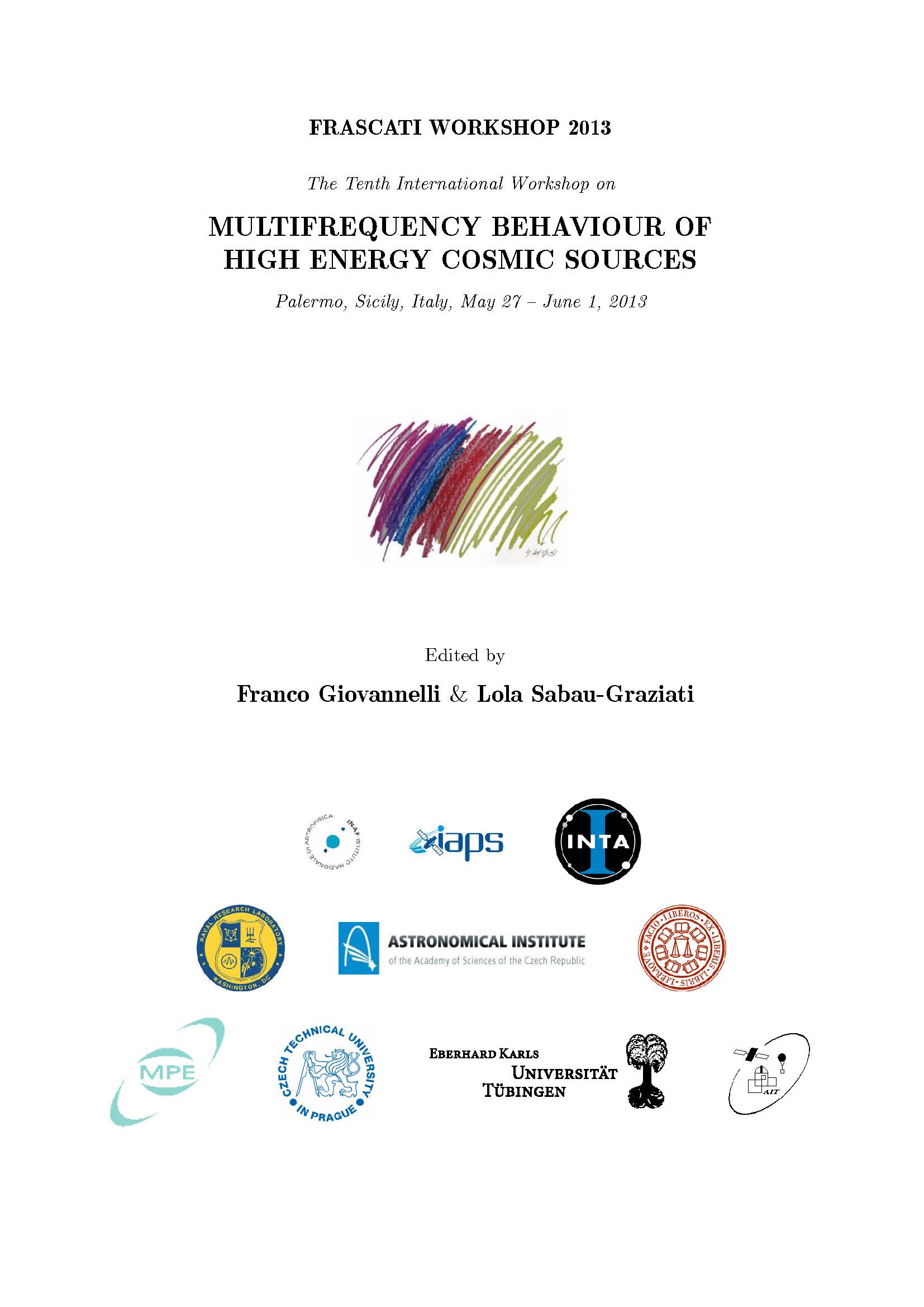Electron Acceleration in Supernovae and Millimeter Perspectives
DOI:
https://doi.org/10.14311/APP.2014.01.0210Abstract
Supernovae launch a strong shock wave by the interaction of the expanding ejecta and surrounding circumstellar matter (CSM). At the shock, electrons are accelerated to relativistic speed, creating observed synchrotron emissions in radio wavelengths. In this paper, I suggest that SNe (i.e., < 1 year since the explosion) provide a unique site to study the electron acceleration mechanism. I argue that the eciency of the acceleration at the young SN shock is much lower than conventionally assumed, and that the electrons emitting in the cm wavelengths are not fully in the Diffusive Shock Acceleration (DSA) regime. Thus radio emissions from young SNe record information on the yet-unresolved 'injection' mechanism. I also present perspectives of millimeter (mm) observations of SNe - this will provide opportunities to uniquely determine the shock physics and the acceleration efficiency, to test the non-linear DSA mechanism and provide a characteristic electron energy scale with which the DSA start dominating the electron acceleration.Downloads
Published
Issue
Section
License
Copyright notice
Authors who publish with this journal agree to the following terms:
1. Authors retain copyright and grant the journal the right of the first publication with the work simultaneously licensed under a Creative Commons Attribution License that allows others to share the work with an acknowledgement of the work's authorship and initial publication in this journal.
2. Authors are able to enter into separate, additional contractual arrangements for the non-exclusive distribution of the journal's published version of the work (e.g., to post it to an institutional repository or to publish it in a book), with an acknowledgement of its initial publication in this journal.
3. Authors are permitted and encouraged to post their work online (e.g., in institutional repositories or on their website) prior to and during the submission process, as it can lead to productive exchanges as well as earlier and greater citation of the published work (See The Effect of Open Access).


